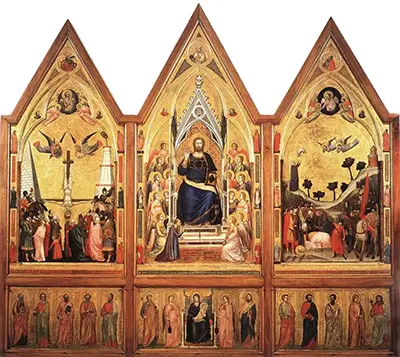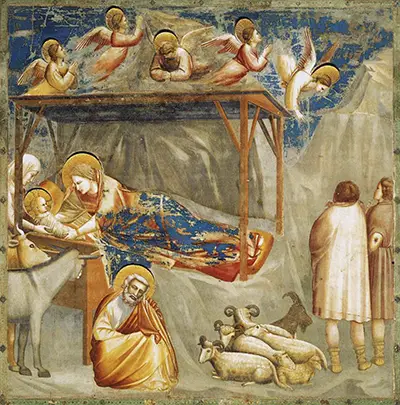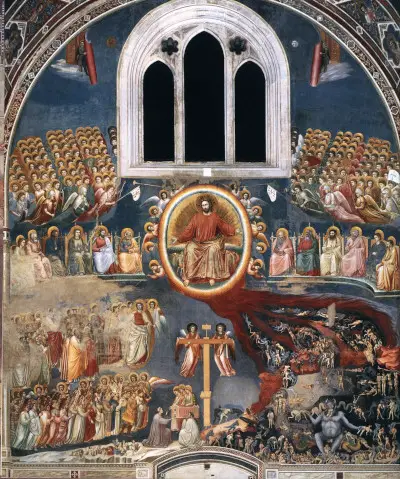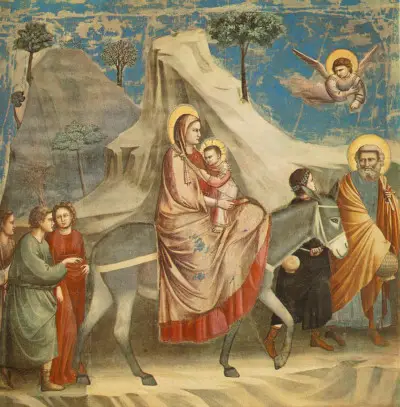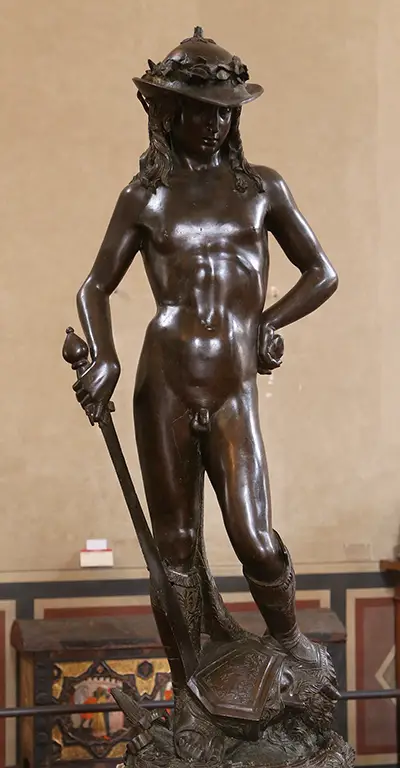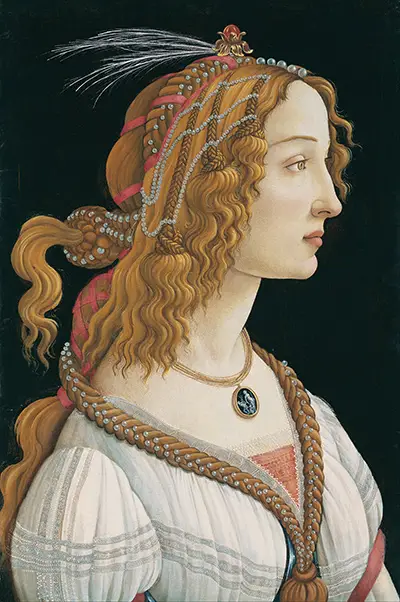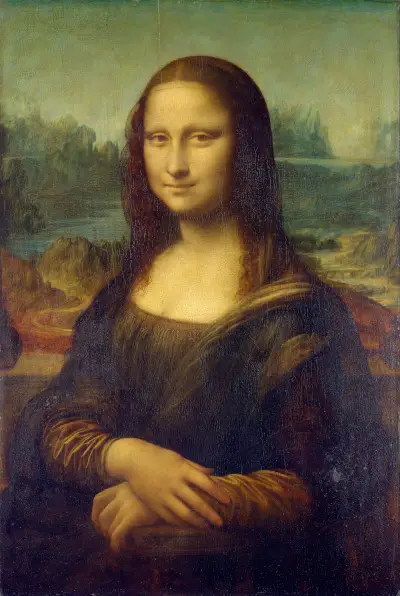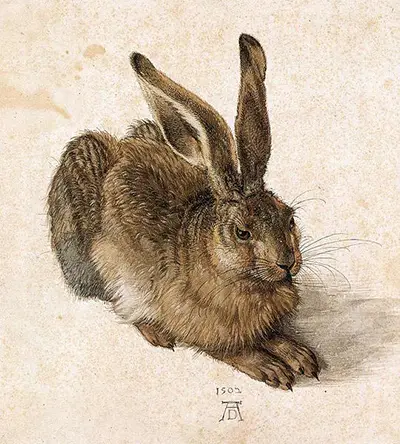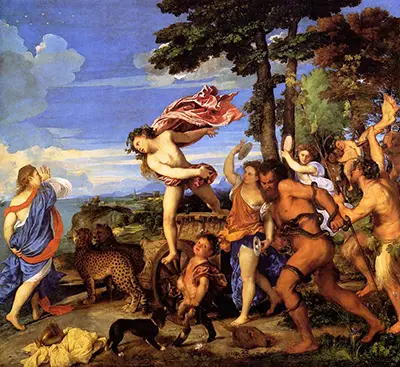The Massacre of the Innocents is a religious painting that was executed by Giotto di Bondone in 1305. The painting measures 200 x 185 cm, and it's located in Arena Chapel.
The Magdalen Chapel is believed to be the starting-point of Giotto's work in other areas of the Lower Church. Giotto and his assistants were hired to redecorate the transept of the vault positioned on the right side. The Massacre of the Innocents by Giotto was inspired by the incident in the New Testament when Herod ordered the execution of all two-year-old male children and below in the area of Bethlehem. The faces of the mothers in the painting are impassive and subdued due to the loss of their children, who are lying lifeless below them. A soldier and one of the mothers are engaging in a tug of war as the soldier wants to take another child and add them to the lifeless pile.
There is also a second soldier on the right side of that mother who is taking another child. Half of the child's head is hidden behind the soldier's body. Even with the brutal slaughter still going on, the other mothers are defeated and have numb expressionless on their faces. Around 1311, Giotto decided to paint another fresco that depicts the same scene of brutal slaughter that's almost identical when it comes to organisation. However, the mothers in the painting are portrayed differently, with their emotions clearly expressed in their anguished faces.
Although there are no 14th-century records that explain why the artist did this, some people think that Giotto may have chosen to paint another fresco after being criticised by patrons, priests, other artists or his assistants who told him the initial portrayal was false or unrealistic. It's also possible that Giotto decided to paint the scene in a different way, having chosen intentionally to paint that scene initially with numbed suffering mothers who are not showing emotion and the second time he decides to portray the mothers in anguish and clearly distraught.
In this painting, Giotto used bright and vibrant colours such as bronze and gold to draw the attention of the viewer. The background of and landscapes on the painting are used to capture the viewer's emotions. The faces of the figures in the painting also draw the attention of viewers as they show their emotion. The hairstyle and clothes of the people in the painting fit the time period of the painting.
This technique of mural painting was executed on wet lime or freshly-lid plaster. Water was used as the means for the dry-powder paint to merge with the plaster. Giotto had a strong influence when it comes to the development of art in Italy. Many painters from Italy were influenced by Giotto's work including Altichiero, Giusto de' Menabuoi and Jacopo Avanzi.
More Renaissance Artists




 Giotto.jpg)
 Giotto.jpg)
